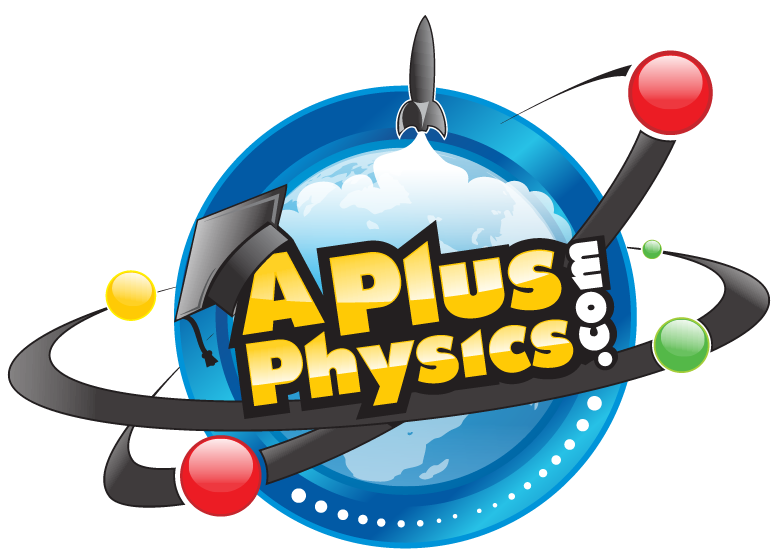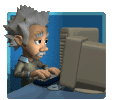Playstation VR In Educational Settings?
Not long ago I acquired a Playstation VR (PSVR) which I set up in my basement office, and was asked to evaluate the system for potential educational applications. Beyond that, my scope was wide open, though I was provided the opportunity to sample a variety of games on the system to get a feel for the potential of the system. What follows are some general ramblings and thoughts about the system.
The Hardware
The tested system included a Playstation Pro console, a PSVR Launch Bundle (headset, two move controllers, camera, and appropriate cables), and external Playstation Gold headphones in place of the standard earbuds. Included software included a Demo Disk, and Playstation VR Worlds Disk, and I utilized a store credit to try out several system games of my choosing.
First Impressions
Initially, I was somewhat disappointed in the resolution of the headset. Though I had been forewarned that resolution wouldn’t be as sharp as an HD monitor, I was initially taken aback at the poor quality of the Playstation’s Main Menu rendering and the level of color aliasing I was seeing, especially in white text. With 20/20 vision following Laser PRK corrective eye surgery nearly 20 years ago, this was a bit of a shock to the system that provided some initial disappointment. I quickly found out, however, that this effect is especially bad in the Playstation Main Menu, and is not indicative of the system’s performance as a whole. Further, with some time in the system, I found that placing the headset a touch lower over my nose (lower PSVR screens, higher eyes) improved sharpness considerably. Still, though, after nearly 20 hours using the system, I would say the resolution of the system is adequate, but with substantial room for improvement in the future.
From an immersion standpoint, however, I was blown away. After about two minutes in my first simulation, the VR Worlds “Ocean Descent” program, I was having a blast descending in a shark cage through the ocean. It’s hard to convey just how immersive it is, as I swiveled my head back and forth, leaned forward over the bars of the cage to look down, and eventually jumped through my seat when a shark ran into the cage. Further, the resolution concern quickly evaporates in actual gameplay.
From a comfort standpoint, I found the headband that holds the PSVR a bit tight, but fairly well balanced. You don’t feel as though there is a weight on your head, and the over-the-ear headphones are a huge improvement over the included earbuds, though it is a bit of a trick to figure out how to put the PSVR headset on, followed by the earmuff-like headphones. The cabling is a bit tricky to figure out while you are looking into the VR headset, but after a couple tries, you get a system down pretty easily. The only lingering concern I had with the headset involved rubber nose flaps that push against the outside of your nose. Try as I might, I couldn’t find a way to make them comfortable, and they pushed just enough on the outside of my nose that breathing was slightly impeded. Just recently I finally decided to cut them off altogether with scissors, and am absolutely thrilled with the improvement in comfort.
One of the primary concerns with VR systems is the potential for nausea / motion sickness. VR systems are so immersive that they trick your brain into thinking it’s moving, which may be in opposition to your other senses, leading to motion sickness. I didn’t have any trouble with the Ocean Descent demo, though the first time I tried the “London Heist” demo, also on the Playstation VR Worlds Disk, a car chase scene had me feeling a little bit ‘off.’ I never became overly ill, but I was also careful to discontinue use of the PSVR anytime I began to feel the least bit queasy. Other activities that led to queasiness included Driveclub VR (regular driving was OK, but spinning out upon collision forced me to quit immediately), and a few circumstances when the dog came between me and the camera during a game, in which tracking was lost and the PSVR displayed weird motions that weren’t accompanied by my head movements. It has been reported by many that over time the motion sickness effect lessens as your brain becomes accustomed to the VR system. My experience was consistent with these reports. Finally, I found upon removing the nose flaps my breathing improves, I remained cooler during use of the system, and that also appears to have contributed to reduced nausea. I should note here that another ‘trick’ to improving comfort levels is to have a fan blowing on your face while using the PSVR system. I tried this recently as well and found it a nice enhancement.
Immersion
The immersion level in PSVR, from my standpoint, is amazing. After you get over the “wow” factor in a game or simulation, you quickly begin to feel as if you are really there. The surround sound headphones coupled with the extremely smooth tracking truly give you the feeling of being there. The PSVR does appear to have an issue with drift over time, where the center focus area of your screen can lead you to looking off-center. A button on the controller can be held to re-center the system, an act that becomes second nature over time, and at regular intervals I find myself closing my eyes and relaxing for a second while pressing the button, then re-opening my eyes to a fully re-centered view.
My most-recent PSVR expedition found me attempting the first AAA game release, Resident Evil 7: Biohazard, completely in VR. To begin with, the shortcomings of the graphics system previously detailed is nearly non-existent in this game, which leads me to believe many of my graphics concerns can be mitigated by software. I should also note that I’m not typically a horror fan, though I do recall playing a Resident Evil game on a Playstation some 20-ish years ago. To say this game induced an emotional response is an extreme understatement. Though there are several “jump scares” throughout the game, this title doesn’t rely on them, and instead does a fantastic job of creating an environment of suspense and foreboding using the PSVR hardware. You truly feel like you’re there, and I’m not ashamed to admit I nearly had to purchase new drawers when I was playing the game one evening and the dog jumped on my lap at an inopportune time.
With the goal of finishing a report on immersion by the end of February, I wanted to work through this entire game by mid-February, which totaled roughly 10 hours of in-game time. Though I experienced one technical hiccup which required a reboot of the entire system, I completed the adventure yesterday. I could continue talking about my thoughts on immersion, but I believe my habits around using the PSVR to play RE7 tell it all… after the first night, I told my wife I couldn’t play this after the kids went to bed… it was too creepy. Instead I tried to sneak in an hour after dinner, or on weekend afternoons. The immersion level is just that high.
Implications
Following this trial (which I’ll be continuing for some time), I’m now a believer that there are tremendous opportunities for the use of VR in education. Though I don’t see this as a popular “in-class” tool in standard high school settings due to the cost/complexity/infrastructure required, I do think as an individual tool some amazing things could be accomplished.
Imagine a history class in which students don’t just read about the Battle of Gettysburg, but actually get to “live it” from various perspectives. Envision a biology lesson in which you are miniaturized and travel through the bloodstream to various organs, seeing the operation of the heart from the inside (remember Inner Space, anyone?) Or a virtual dissection for biology and anatomy classes. Picture the ability to explore a nuclear reactor from the inside, with the ability to zoom in and ‘view’ the actual chemical and physical reactions as they occur, or traveling through a circuit as an electron. Imagine viewing a surgical procedure from the standpoint of the operating physician! You could explore the universe at will, or dive into the geology of the Earth from the inside. The possibilities are limitless, though I imagine tools to build such simulations must evolve to the point that content instructors have content creation and distribution tools that will make the learning curve for such projects reasonably accessible. I haven’t investigated this in-depth, but I would believe that such accessibility is a ways off, but getting closer every day.
Though not quite as immersive, I can also envision the use of this technology for distance learning courses, though there are challenges for this as well. I imagine streaming or recording classes in a VR-friendly format may not be way off, but appropriate application will take significant further thought. “Sitting in” on an MIT lecture and demonstration may be possible, but is it a significantly more engaging experience than a two-dimensional video cast of the course? Would the VR technology and headset make note-taking and student work while participating in the class too restrictive? What tools and interactivity would make this a positive leap in learning vs. a play area where the complexity overcomes the educational benefits? It is extremely early, but I look forward to seeing how such amazing technology is utilized for purposes beyond just standard gaming. And in the meantime, I’m having a blast not only trying out the technology, but envisioning potential applications for the future.




0 Comments
Recommended Comments
There are no comments to display.